How do we choose the acupuncture points for acute injuries, such as ankle sprains and wrist strains?
The Chinese medicine diagnosis is simple:
– Stabbing pain (Blood stasis)
– Swelling (dampness)
– Hot to the touch (Heat)
🤕 The treatment for sprains and strains should always address the TCM pattern of diagnosis and the acupuncture treatment should follow it. Make sure to always needle both local acupuncture and distal points for better & faster results.
Keep rocking using TCM,
Clara
TCM Geek
PS: If you want more, check out my page with all my acupuncture treatment protocols from pain to high blood pressure! And if you haven’t invested in my AcuPoints Made Easy Book (PDF or Hard Copy) yet, get your copy here! 🙏
Acupuncture Protocol for Sprains & Strains
Connect with me on social media at AcuPro Academy on: Facebook, Instagram, YouTube, TikTok, Pinterest and Twitter!
💕 And if you’d like more content, please continue to support my creations by subscribing, connecting, liking, sharing and commenting on my posts! That’s how I know you enjoy them! Much appreciated 🙏
Video Transcript of Acupuncture Strains & Sprains
So when it comes to acute injuries or trauma injury, let’s see a sprained ankle or you strain your wrist, right? Something happened, you went skiing or you fell off a bike. Or for some of us, you just don’t look where you’re going and you fell off on the sidewalk. That can happen too. We’ve all done that.
What are the typical symptoms in acutes?
If there’s an acute injury as in the ligament tendons and joint injury, right? Meaning that it is local and it’s stabbing acute pain. Let’s say it’s a sprained ankle. Right? So, if I sprained my ankle, it is going to be stabbing acute pain. Stabbing acute pain in TCM is blood stasis.
It’s like purple in the area. It’s really bruised. You sprained your ankle. It is stabbing pain. So when there is stabbing acute pain, that usually most of the time turned purple pretty quick, that is blood stasis. The second thing is most of the time, when you do an acute injury, there is swelling, right?
It’s going to swell in that area. So here we go. Swelling is usually dampness, right? That’s a second thing that we’re going to have, because it’s going to swell. The third thing is there’s massive inflammation, right? That’s the body’s response to the acute injury. There’s inflammation, which feels usually a hot to the touch, right?
We have inflammation and hot to the touch is going to be excess heat, right? There is excess heat in there. There is definitely those three that are coming up blood stasis for the pain. Dampness for the swelling and heat for the inflammation and the hot, the hot to the touch. Now this is why in conventional medicine, they’re going to say let’s put some ice on it to bring the inflammation down because of the heat.
TCM versus Western Medicine Perspective
Right? In TCM perspective, we usually don’t like to put ice anywhere, right? Because it blocks circulation. So it’s a very different approach. But at the same time you do what you feel is best for you. I’m just telling you that’s the TCM approach, right. Because we’re talking TCM right now. So the first thing we want to do.
How to we treat with TCM?
Is, we want to move blood because there’s blood circulation issue. So move blood. We want to do Large Intestine 4 for which we had said, no matter what we have to put that point. It is a point for pain. It relieves pain, right? So it has to be there. But I always also put Liver 3 because Liver 3 moves Qi and she moves blood.
So to open the gate, get the flow going, right. Get all the flow going. Then you want to remove the dampness. So usually one of the best point to remove the dampness, we’ll be Spleen 9, right? We would put Spleen 9 to decrease the swelling, and then we want to get rid of the excess heat. We want to bring the heat down.
So basic point to bring the heat down would be Large intestine 11. Then, of course, if it’s affecting the tendons, the ligaments, the joints. Which it could be, if you have like rotator cuff injury, if you have sprain of your wrist or strain of your ankle. You have to put that influential point of all the sinews, tendons, ligaments joints, which is Gallbladder 34.
Now, if someone comes home and they have, or a patient just sprained their ankle, this is very simple. So you want local point and this distal point, right? You want your Stomach 36 help the healing process go faster, right? To sum up, we have the local, we have the distal and we have stomach 36 for healing perspective.
When the best time is to treat acute injuries
If you do this, the closest to the injury time, the faster the recovery. If you just have the patient that sprained new ankle today or yesterday. Healing is going to go so fast, if you do acupuncture right away on it. However, if it’s a week later, it might take a little bit longer, depending on the person’s basic pattern.
If they’re very weak, very deficient, or their essence is low, they’re older. They have really, really a weakness. As in they’re very deficient, it might take a long time to heal. Right? So it depends on a lot of factors, but in general, the closest to the injury, the faster to the heal. So that’s your acute injury basic stuff.
Right. That’s really easy. We don’t have to do a lot. That makes it easy. Hopefully that makes sense. Again, you know, do a local point unless the person doesn’t want you to touch them on the area because it’s so painful. Do distal points. We leave the patterns and then add up Gallbladder 34 and Stomach 36.

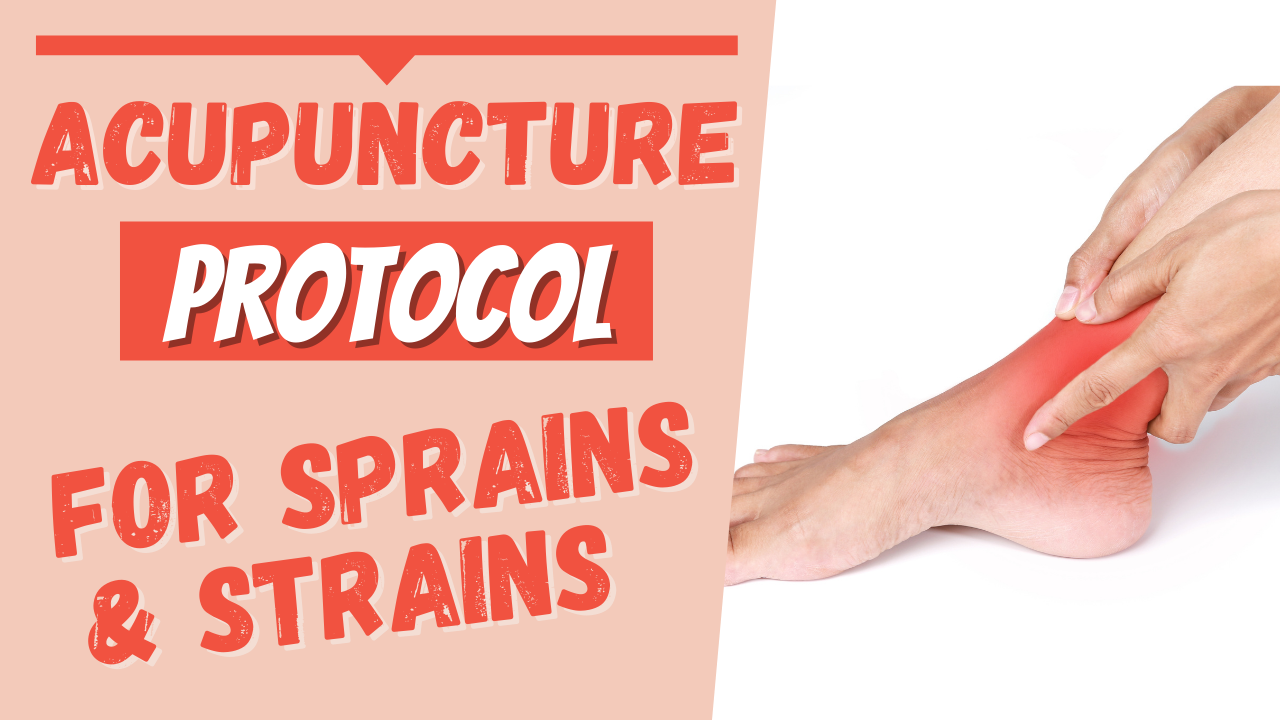
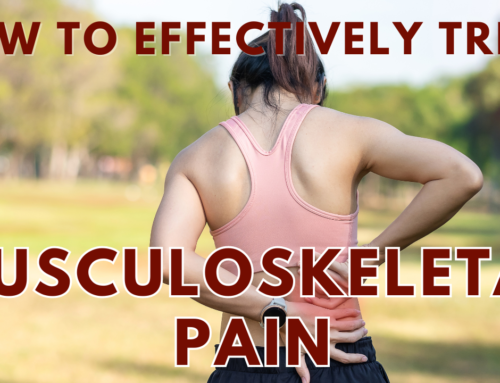
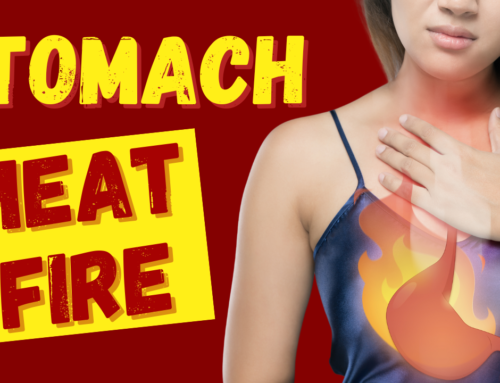
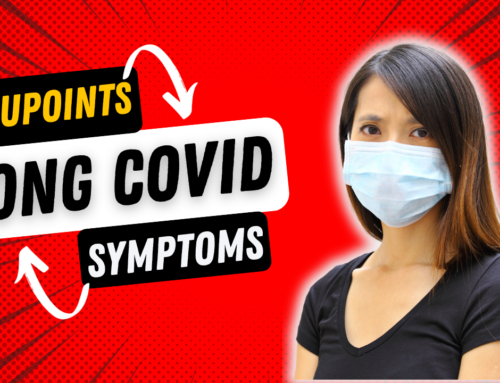

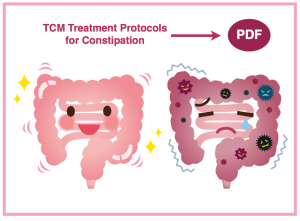
CLARA si úžasná ❤️🥰
💜